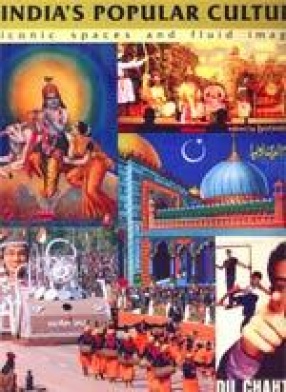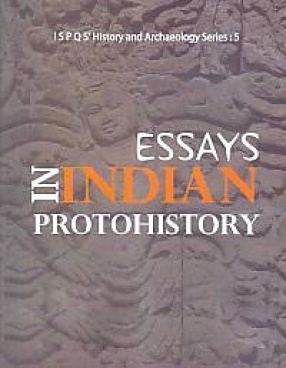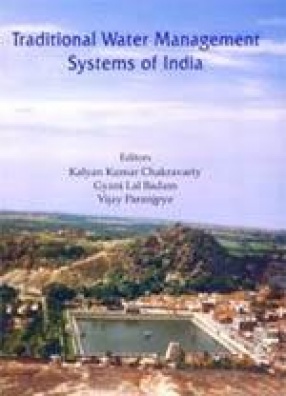We live today surrounded by images -on billboards, calendars, posters, and religious paraphernalia, in print-media and television, in restaurants and shops, on the roadside, in autorickshaws, taxis, trucks, and buses, in bazaars and around temples. This explosion of the visual emanates from the forces of urbanization of India’s culture in terms of technologies of image production and ways of thinking and looking. Colonial ideals of perspective and realism in pictorial representation endowed the idealized, traditional imagery with a more tangible and sensual presence. Mass production and circulation of this imagery became a potent instrument in negotiating interstices between the sacred, the erotic, the political, and the modern. This book largely focuses on the current contexts of popular visual culture. Both "Popular" and "visual" as specific forms of modern culture have only recently received serious academic attention in India. Some of the factors which have supplied new frames to these cultural categories are the emergence of modern communication technologies –digital media, TV, and film –as well as emergent new disciplines such as cultural studies, visual studies, film, and media studies. The new fluidity of the image in India both results from and feeds into historical and resurgent cultural, religious, and regional nationalism, political reconfigurations emerging from changing ideological equations, as well as the phenomena of globalization, consumerism, and diaspora. Image mobilization plays a critical role in the overall organization of social relations and cultural spaces. The essays in this volume explore the role of popular imagery through various aesthetic streams in such diverse areas as religious and social symbolism, national identity, theatre backdrops, film poster art, photography, architecture and urban living. Exploring the issues of image and representation, the contributors to this volume move seamlessly between anthropology, performance studies, art history, and cultural studies within the broader frame of the new discipline of visual studies.
Raja Deen Dayal: The Studio Archives from the IGNCA Collection
Lala Deen Dayal's work ...
$72.90
$81.00








There are no reviews yet.